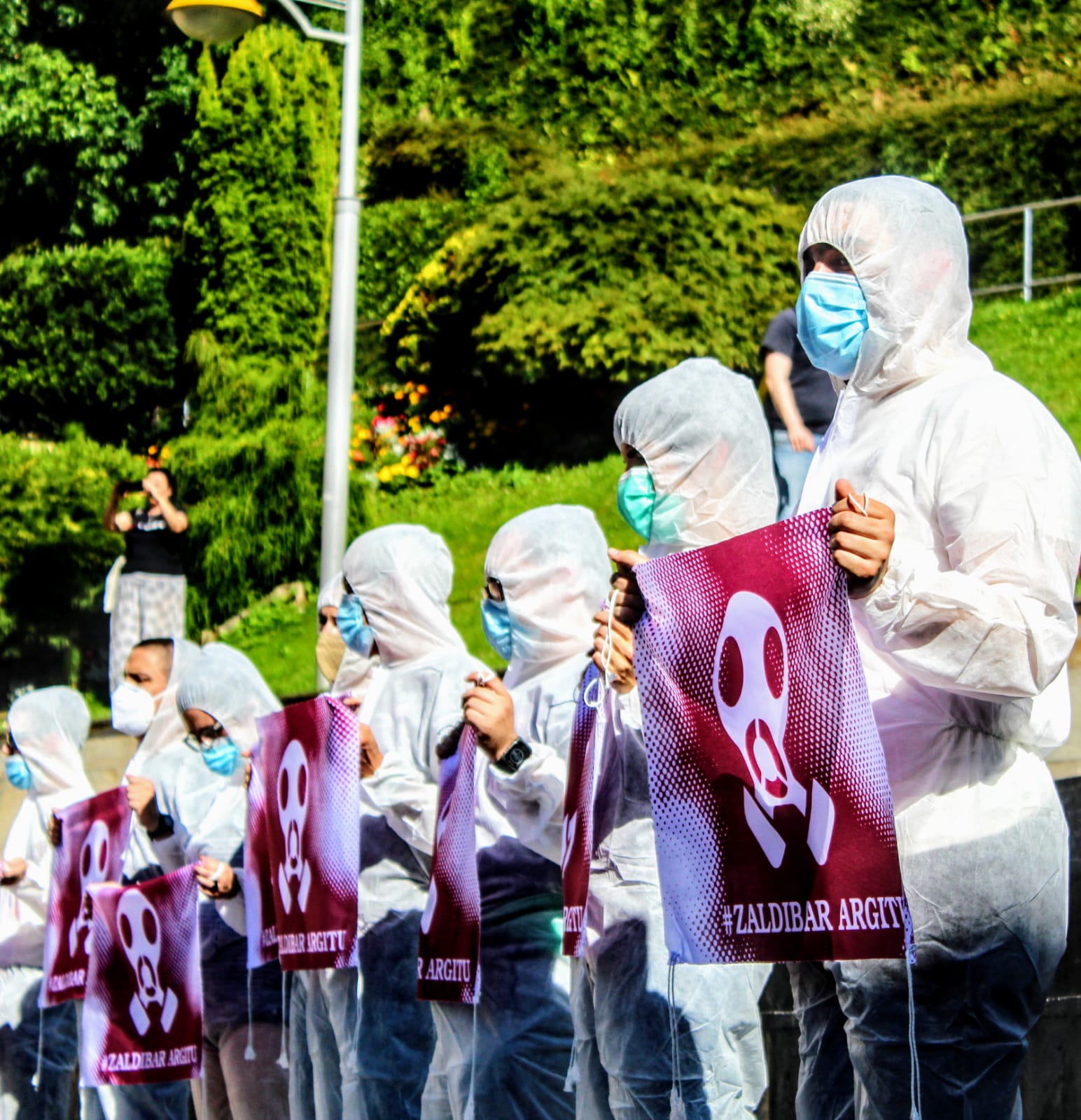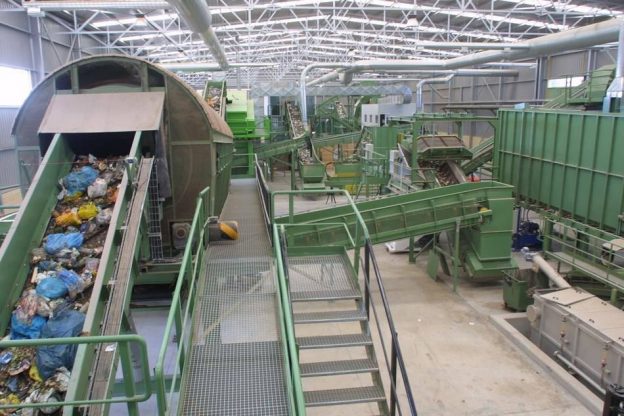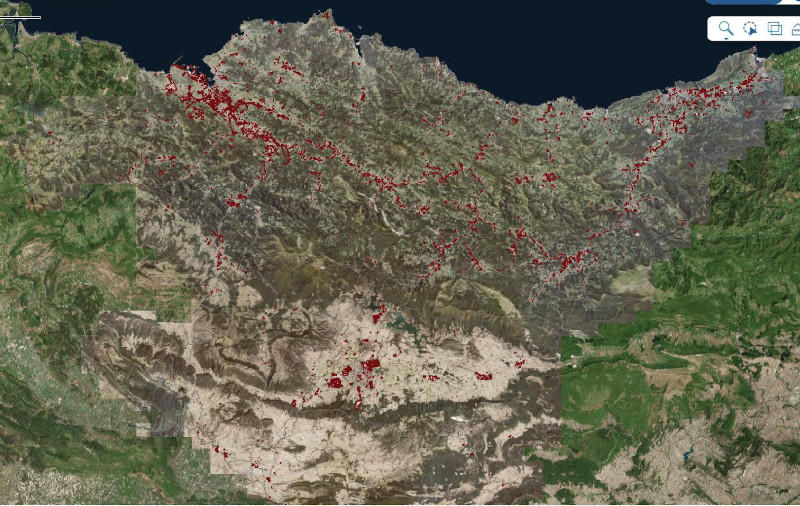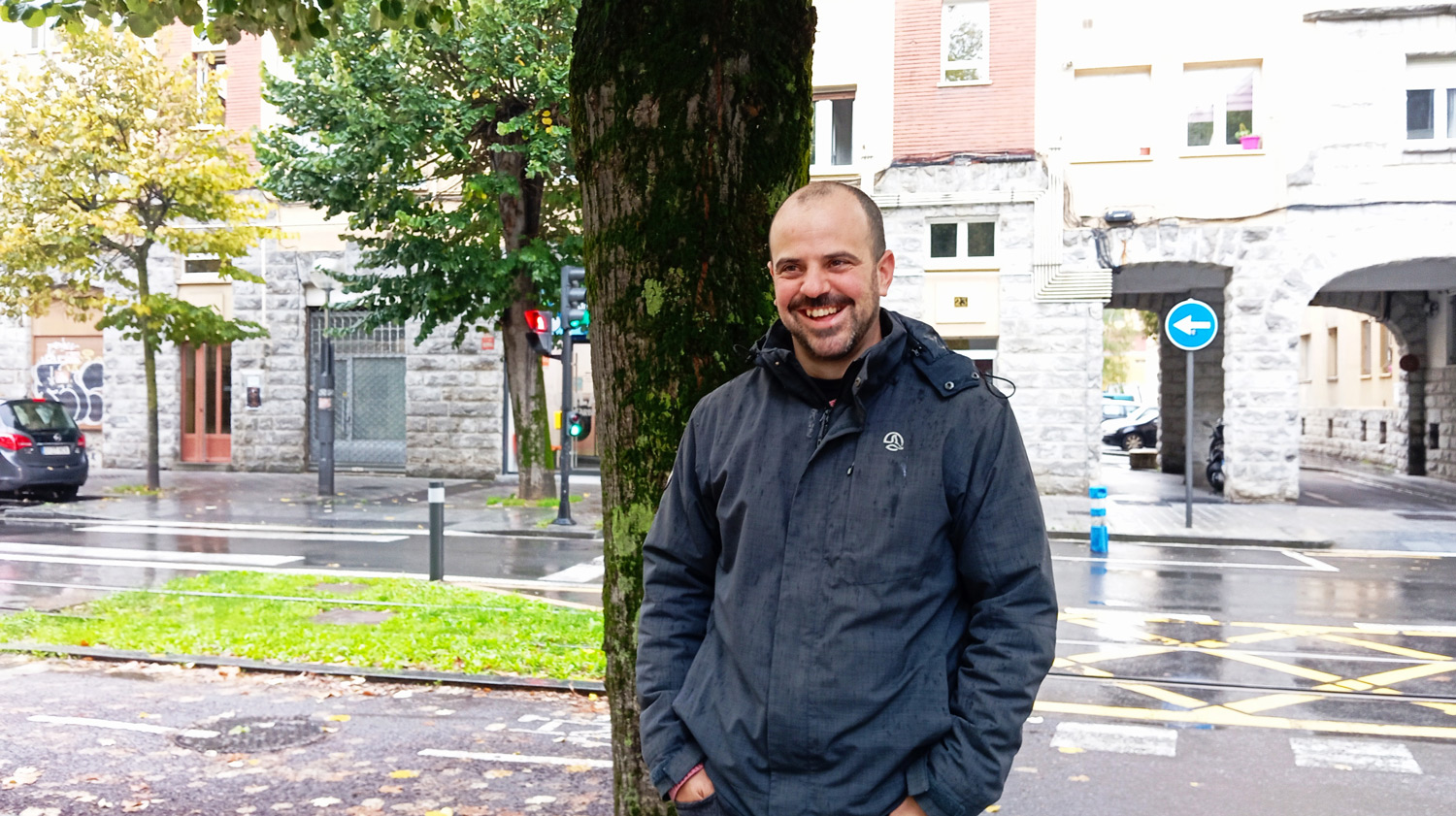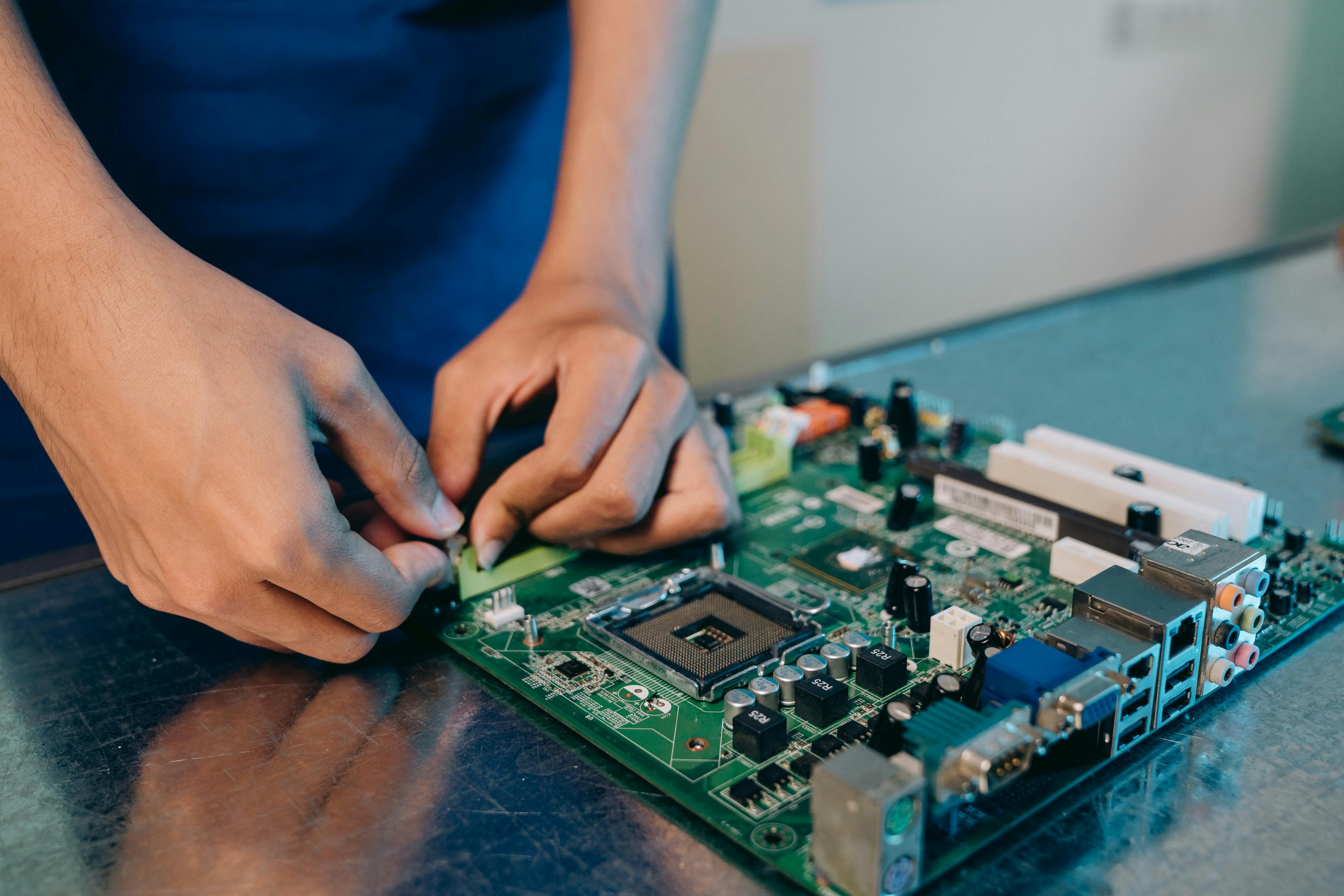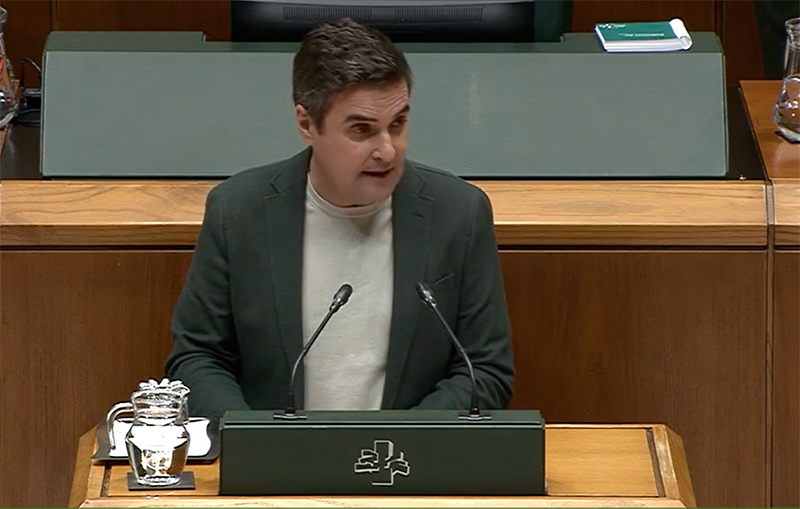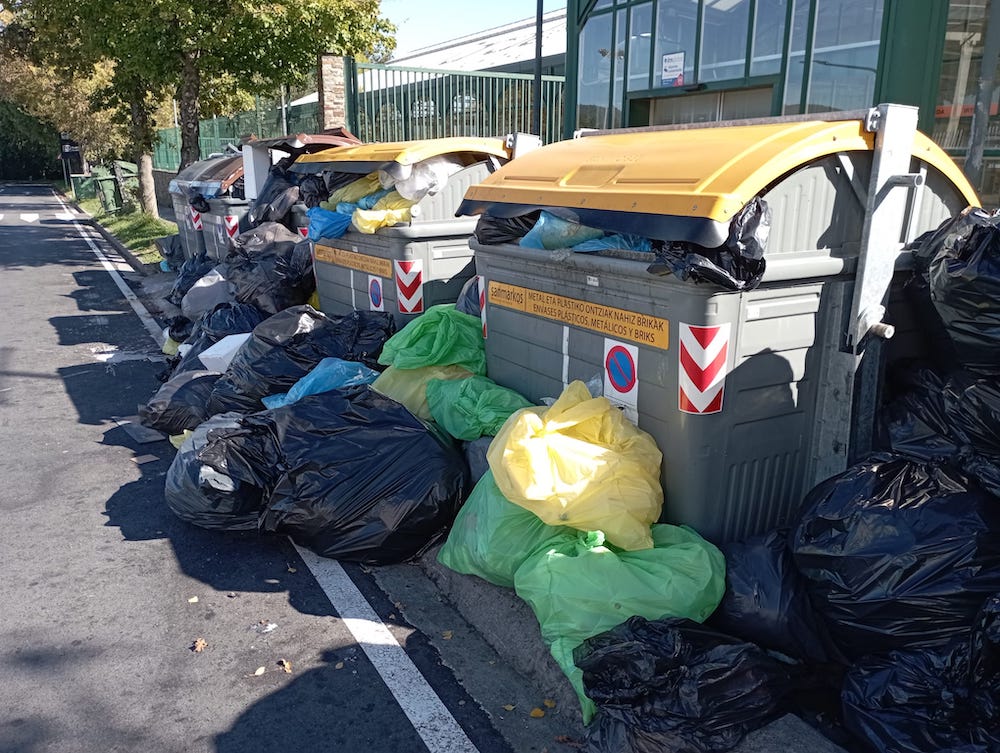Start in Iparralde the rental and cleaning service of reusable diapers for children
- If scrap or scrap or reusable diapers, which are an alternative to highly polluting synthetic diapers, are already known, a small Baiona company has put in place a system to facilitate their use: the rental of cleaning diapers and cleaning service in the Baiona-Angelu -Biarritz area.

Promoted by the Les Petits Popopotins association of Baiona, in Iparralde there are already 40 families engaged in the exploitation of these purifiers, according to Irulegi Irratia recently told a young mother of Aiherra (Lower Navarra). Each of them acquires reusable and washable diapers for 20 euros a month and, as the child grows, they become smaller and larger, until the junk exceeds the age of use.
In addition, Les Petits Popotins offers a second type of service in Baiona, Angelu and Biarritz: collect, clean and return used umbrellas twice a week for 60 euros a month.
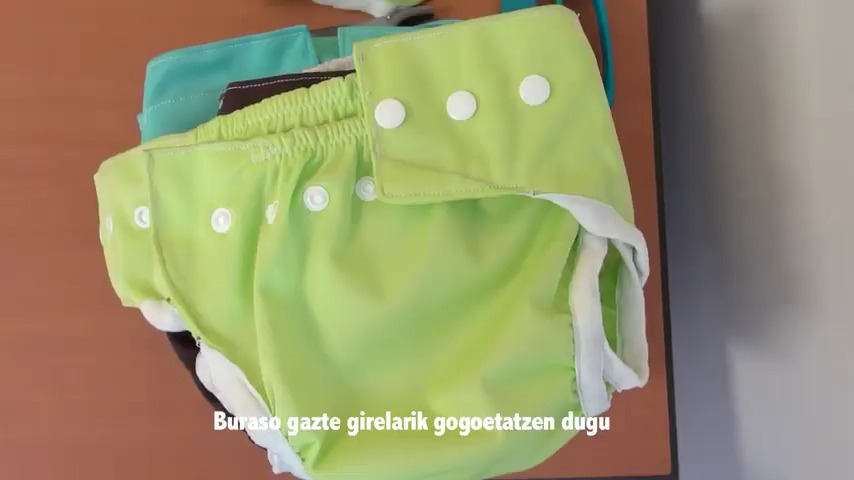
The association also offers ateliers at Baiona headquarters to learn how to manufacture and help natural fabric scrap cleaners, cut and sew.
The mother interviewed by Irulegi Irratia has stressed that the rental system makes it very easy for a parent who wants to abandon the contaminating patches but who is in doubt about making the leap to detergents: if he is going to achieve the same result as a ‘normal’ diaper, if it is easy to clean up as clothes, if the child will endure it… It is also an economic investment to buy the number of patches a child needs.
All these concerns are mitigated by the rental system that Les Petits Popopotins has established at its plant: there is no need for large initial investments, bigger pardeles as the child grows, they are close to any question or problem… On the other hand, starting the economic comparison between the synthetic pardeles and the rental cleaners, Maina Ithurralde interviewed in Aiherra reduced the cost to the journalists.
Les Petits Popotins, founded by Christel Chéreau, has reminded on his website that every child uses from birth to the control of their feats more than 5,000 diapers, which total a ton of waste. This waste is now going to be incinerated. In addition, synthetic pardeles carry traces of contaminants that newborn children introduce into the skin. Pardela's components are manufactured in the North itself, some cut and stitched by people with functional diversity.
These diapers are organized into four layers. The outer skin is organized in such a way that it does not move. Inside comes another two layers of bamboo fiber that absorb the urine. And it's the last layer, the inner layer, that collects the excrement, that can be flushed directly into the toilet... or into the compostable toilet. They're the three who wash, along with the rest of the clothes, in the washing machine.

The waste consortium of Ipar Euskal Herria, Bil ta Garbi, has summarised in a video the operation of this waste collection system.
The City Hall of Donostia-San Sebastián announced at last Thursday’s plenary session that it will increase the waste rate by 26.5% from January 2025, claiming that Waste Law 7/2022 obliges this. Eguzki, for its part, has denounced that the law only applies in terms of costs,... [+]
August is the holiday month for many people, including those who rule. And yet it is common to take advantage of the month of August to deal with some issues without much noise, albeit of great importance.
This is what is happening with the project to centralize sludge... [+]








